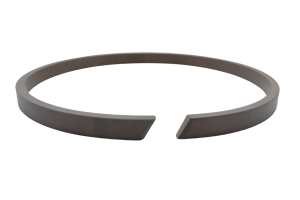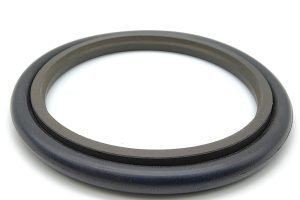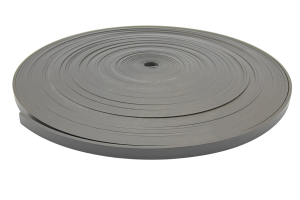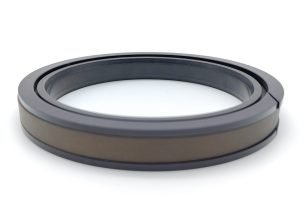Table of Contents
ToggleWhat’s rubber?
Rubber is a highly elastic polymer compound material with reversible deformation and is elastic at room temperature. It can produce large deformation under a tiny external force and can recover its original shape after removing the external force. According to the source of raw materials and methods, rubber is made of two types: natural rubber and synthetic rubber. Natural rubber is extracted from rubber trees, rubber grass, and other plants and, after processing, is made of gum; synthetic rubber is made of various monomers by polymerization reaction and get. Rubber products are widely used in industry and all aspects of life.
Where does rubber come from?
Rubber originated in South America, the home of the Indians. The Indians stumbled upon a species of tree that would shed white sap from its wounds. So the Indians called the unseen sap the tears of the trees. Later, it was translated by Europeans as rubber. The tree became a rubber tree, and the sap was called natural rubber.

How is rubber made?
Rubber products have many kinds, but the production process is the same. In general, solid rubber and raw rubber are used as raw materials for rubber products in the basic technology production process, including plasticizing, mixing, calendering, pressing out, molding, and vulcanization of six basic processes.
Ingredients: raw materials
Rubber is mainly derived from the latex of the rubber tree, which usually grows in the tropics. The collection process involves carefully using tools, such as a rubber cutter, to cut the rubber tree at the appropriate part to allow the sap to flow out.
Processing:
The collected rubber emulsion must be processed to remove impurities and excess water. This usually includes steps such as centrifugal separation, agitation, sedimentation, and filtration. In addition, evaporating water is sometimes accelerated by heating and stirring to make the rubber more viscous and elastic.
Mixing and vulcanizing:
The processed raw natural rubber must be mixed with various additives (e.g., vulcanizing agents, accelerators, fillers, etc.) and heated and stirred at high temperatures to form solid rubber. This process, also known as vulcanization, is a key step in giving rubber its elasticity and physical and mechanical properties.
Final Processing:
Post-treatment processes such as trimming and deburring are also required for products with high precision requirements, such as seals and O-rings. This can be achieved by manual, mechanical, or freezing trimming.
In addition, synthetic rubber is obtained through the polymerization reaction of various monomers with different properties and applications. Rubber products are widely used in all aspects of industry or life, such as tires, hoses, cables, rubber seals, etc.
Technical methods to improve rubber performance?
When the solution to practical problems encounters a variety of different environments and conditions of use, it is necessary to change the material or production process according to the actual conditions of the working environment. The following describes the performance of several solutions:
- Increase strength: with hard carbon black, mixed with phenolic resin.
- Increase abrasion resistance with hard carbon black.
- Increase cold resistance: through the debranching of the raw rubber, reduce the tendency of crystallization, and use low-temperature-resistant plasticizers.
- Increase heat resistance: adopt a new vulcanization process.
- Increase cold resistance: through the debranching and inlaying of raw rubber, reduce the tendency to crystallize, and use plasticizers that are resistant to low temperatures.
- Increase sealing: use less volatile components.
- Improve oil resistance: full cross-linking, less use of plasticizers;
- Improve acid and alkali resistance: use more fillers.







